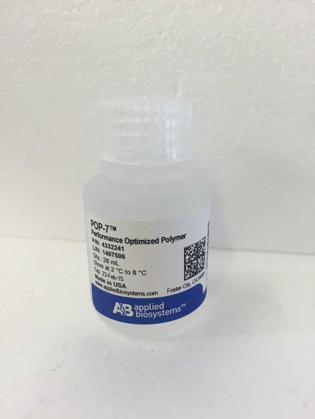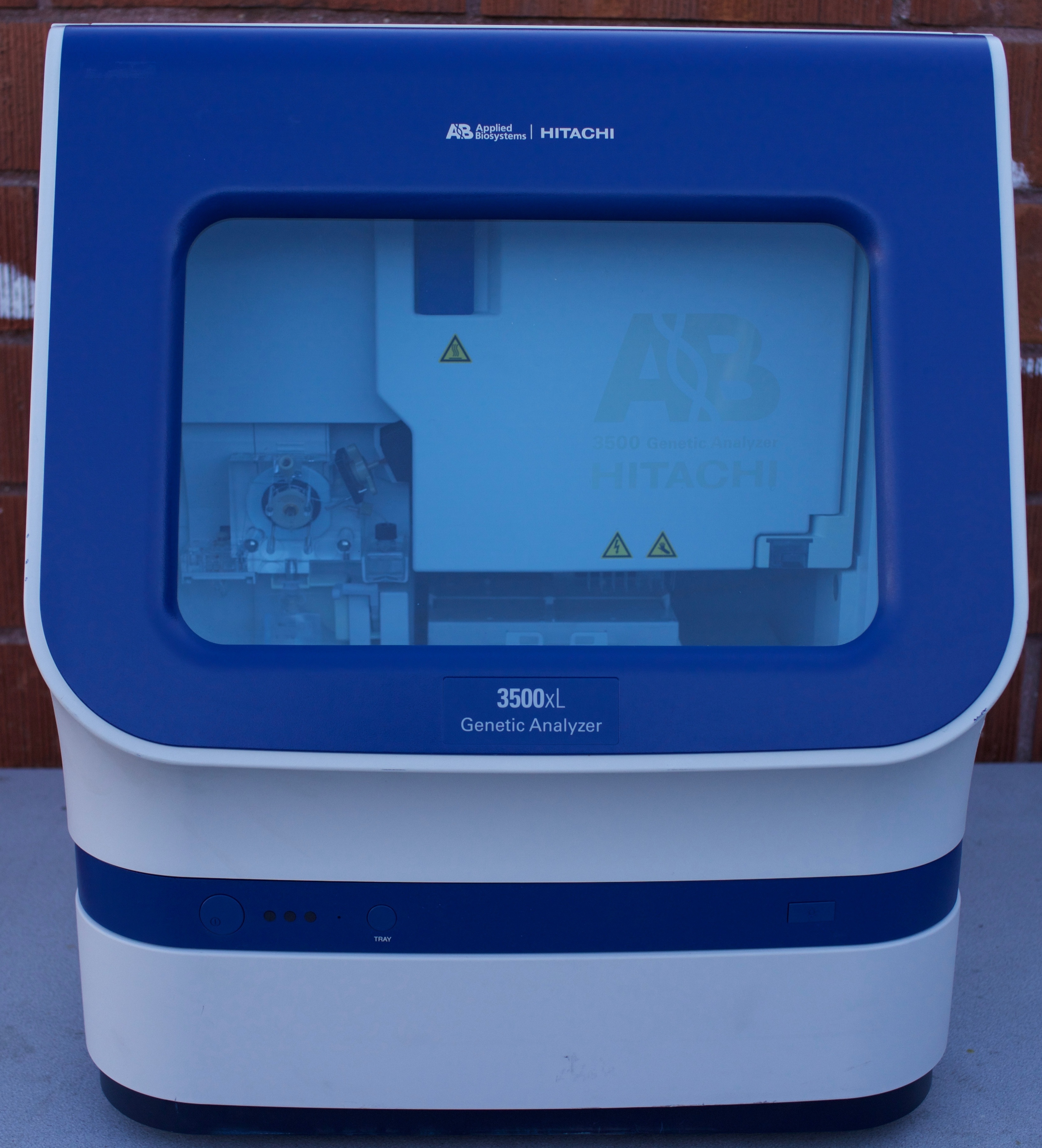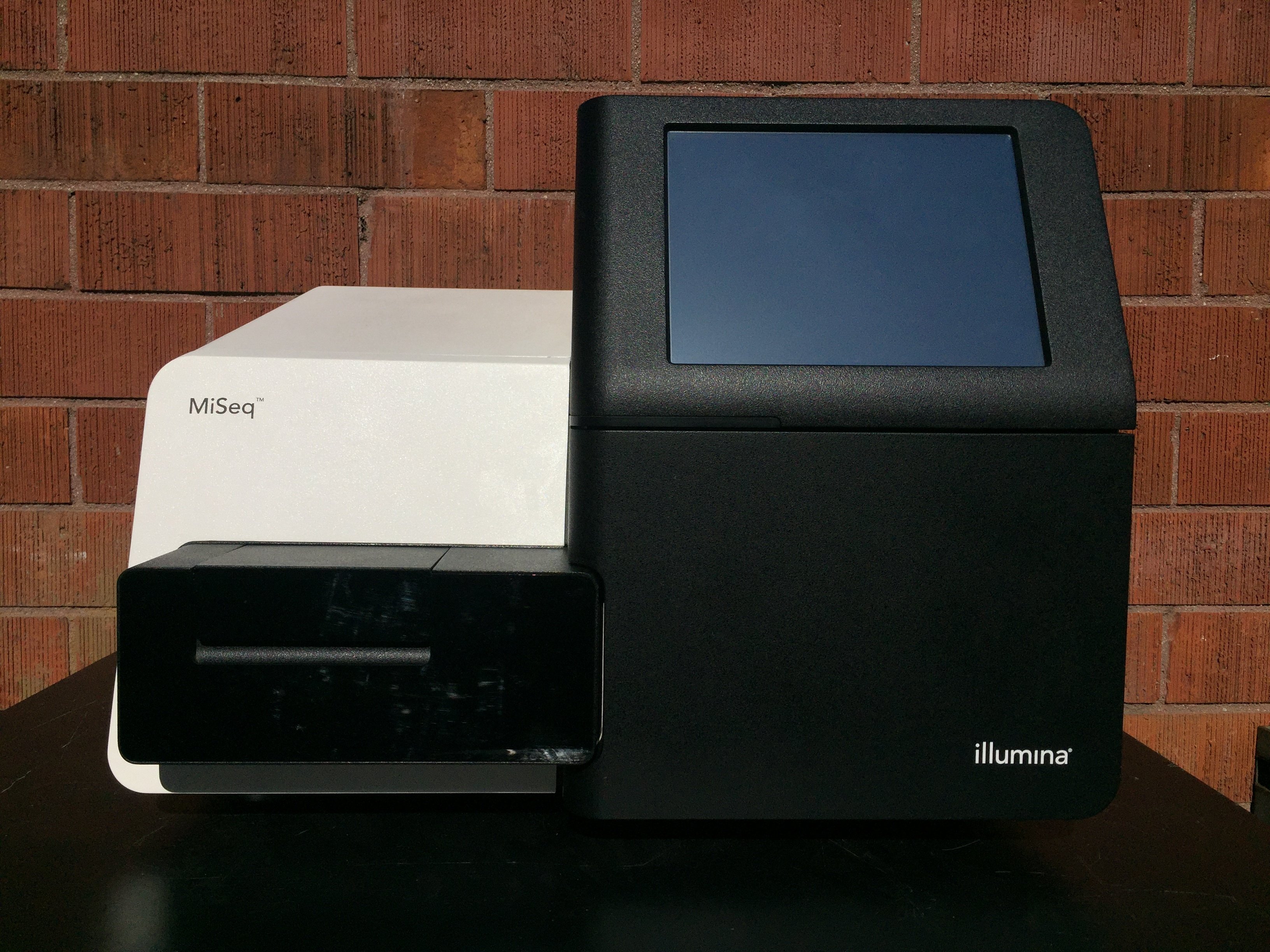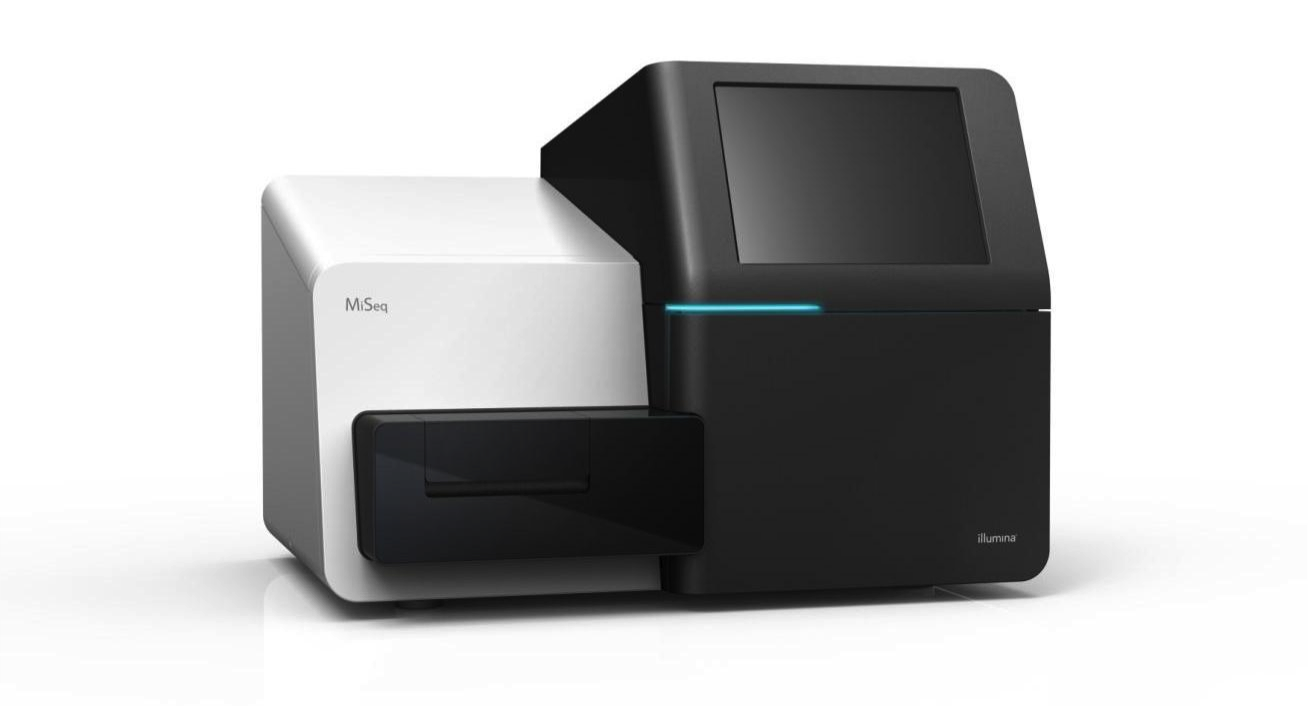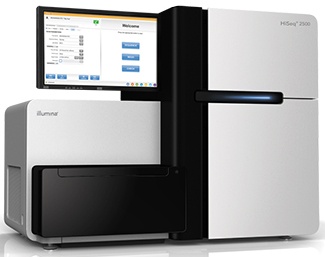We all know that the reagents for your sequencers and qPCR machines aren’t cheap, so of course everyone is looking for any and every way to save on these supplies. With a bottle of polymer costing a few hundred dollars, you learn quickly that it is not to be wasted. Luckily, some very bright people work with these machines every day and they’ve come up with some ingenious ways to get the most out of your polymer.
With everything that goes on in the lab throughout the day, it’s easy to forget about routine maintenance and taking care of your machine. As with any piece of specialized equipment, you’re going to have wear and tear that causes a need for regular service. Without it, you’re risking unnecessary damage to your equipment and inaccurate sample runs.
If you have a coverage plan from SeqGen, you’ll receive one preventative maintenance visit per year, and just in case you forget about it, we’ll send you a reminder. We recommend that you let the professionals give your machine some tender love and care at least once a year, but in between service visits there are a few things you can do to prolong the life of your machine.
If you’ve been using your MiSeq for any length of time, you know that cluster density is a crucial part of NGS to generate the best and most data possible. Under-clustering and over-clustering your data will result in similar errors since your machine will not be able to find the best cluster focus in either case. In order to get the most data possible out of each of your runs, you’ll need to find your “sweet spot” to get the most usable data.
We all know that reagents for Next-Gen Sequencing can be enormously expensive. Since most labs are running on tight budgets, it’s natural to try to pinch pennies anywhere possible. But one thing you don’t want to try to save money on might be a surprise.
It seems like more and more, we’ve seen our customers using low-grade, deionized water in their MiSeq’s. While this might seem like an easy way to save a few dollars and avoid dealing with the manufacturer, you could actually be doing damage to your machine.
Everyone knows how truly incredible Next-Generation Sequencing is. From its unparalleled speed and throughput, to the reduced manpower and cost it takes to perform, there’s never been a better way to sequence a genome.
For many labs, offering Next-Generation Sequencing is an absolute necessity, while others have experienced the growing need to provide NGS technology because of the numerous advantages. From research to forensics and everything in between, chances are your lab can benefit from NGS.
Over the past few years we’ve been bringing you the most common issues and best trouble shooting tips through our blog. There have been all kinds of odd errors for us to work on this year, but we kept seeing these particular problems occur over and over.
Since we love working with our partners in the lab, we wanted to dive into our blogs and bring you the most helpful tips and tricks we could find. So without further ado, here are the 5 most helpful hints we've given out so far.
Yes, we all know it’s that time again. New Year’s Resolutions are notoriously hard to keep, however you’ve finally convinced yourself, “This is the year I finally stick with my gym membership past February!” But have you thought about any resolutions for your lab?
Check these 5 things.
We don’t need to tell you the importance of having your HiSeq operating at its full potential, but it can be difficult to determine if your machine is in need of a preventative maintenance visit.
But luckily there are a few tell-tale signs to look for in each area. If you feel that your HiSeq performance is beginning to decline, and you’re noticing discrepancies in your data, check for these 5 things for common errors.
Your lab has made the leap into the next generation sequencing world. It's an amazing technology that has exceeded the boundaries of what traditional sequencing methods could support. With tons of moving parts in the HiSeq, the list of possible errors you can encounter during a run is seemingly endless.
This quicker sequencing capability also brings the concern of bigger and costlier repairs or even annual maintenance service. To avoid sub-par results from your samples, a preventative maintenance visit should be scheduled at least once a year for your HiSeq.
If you have an ABI 3130/xl or 7900HT, you’ve probably been asking yourself “What will I do when the OEM stops servicing my machine?” Depending on your labs’ specific situation, it might make sense to go ahead and upgrade to a newer model, but this just doesn’t make sense for a lot of the labs out there.

